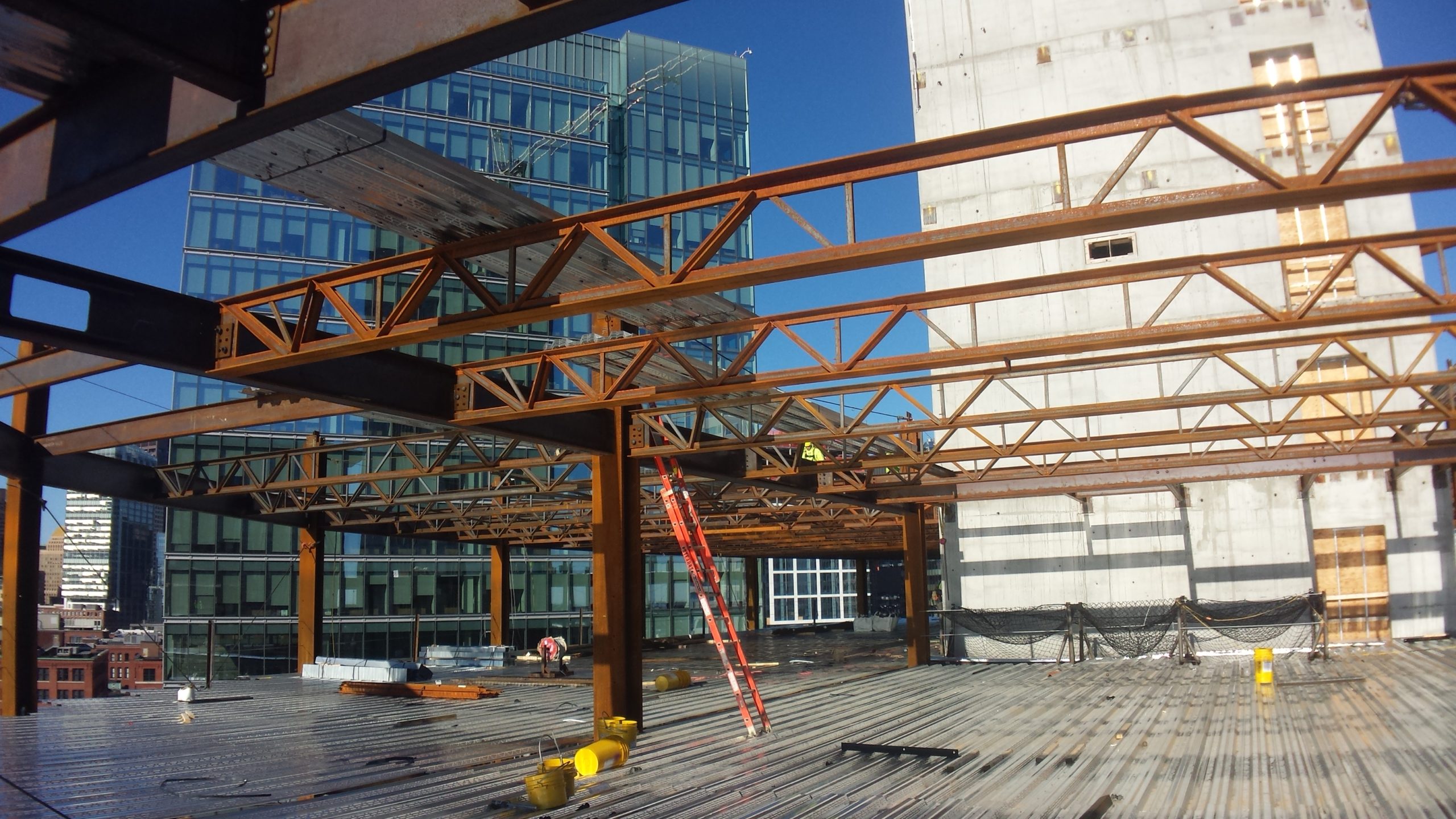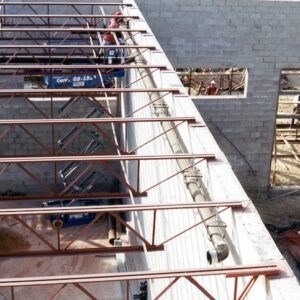Steel Joist Applications & Capabilities for Floor Systems
$0.00 – $25.00
Description
Steel joists provide an economical and efficient structural framing option for constructing steel deck-supported concrete floor systems. This webinar discusses the usage of K-, LH- and CJ-Series joists in concrete floors and suggests typical span/depth ratios for each type of steel joist. Open web steel joists permit the easy passage of plumbing, electrical and HVAC without having to cut special web openings. For large HVAC ducts, the joist manufacturer can design special Vierendeel openings within the webs of the steel joists. This webinar will introduce the Steel Joist Institute’s (SJI’s) Floor Bay Analysis Tool to assist in making economical comparisons with varying joist types, joist spacings, joist depths and joist spans. Various types of joist seats will be discussed along with potential applications where each type of seat may be particularly advantageous. Particular attention will be given to designing and specifying flush framed bolted shear plate connections as well as the advantages of use. Vibration behavior of steel joist-supported concrete floors can be accurately predicted in the design phase. Resources available to assist with floor vibration calculations will be discussed.
This in-depth webinar is sponsored by the Steel Joist Institute (SJI) and participation will earn you 1.5 PDHs.
Learning Objectives
-
- Review benefits for utilizing SJI’s steel joists in steel deck-supported concrete floor systems.
- Develop an understanding of the various types of steel joist bearing seats and resulting impact on a floor’s vibrational behavior.
- Learn why the design and specifying of flush framed bolted shear plate connections can be particularly advantageous.
- Communicate how SJI’s free Excel-based Floor Bay Analysis Tool can assist in comparing different steel joist floor design options, including a check of the floor vibration for walking excitation.
- Demonstrate how structural software programs such as RISAFloor and RAM Structural System can assist in the selection of SJI steel joists.




